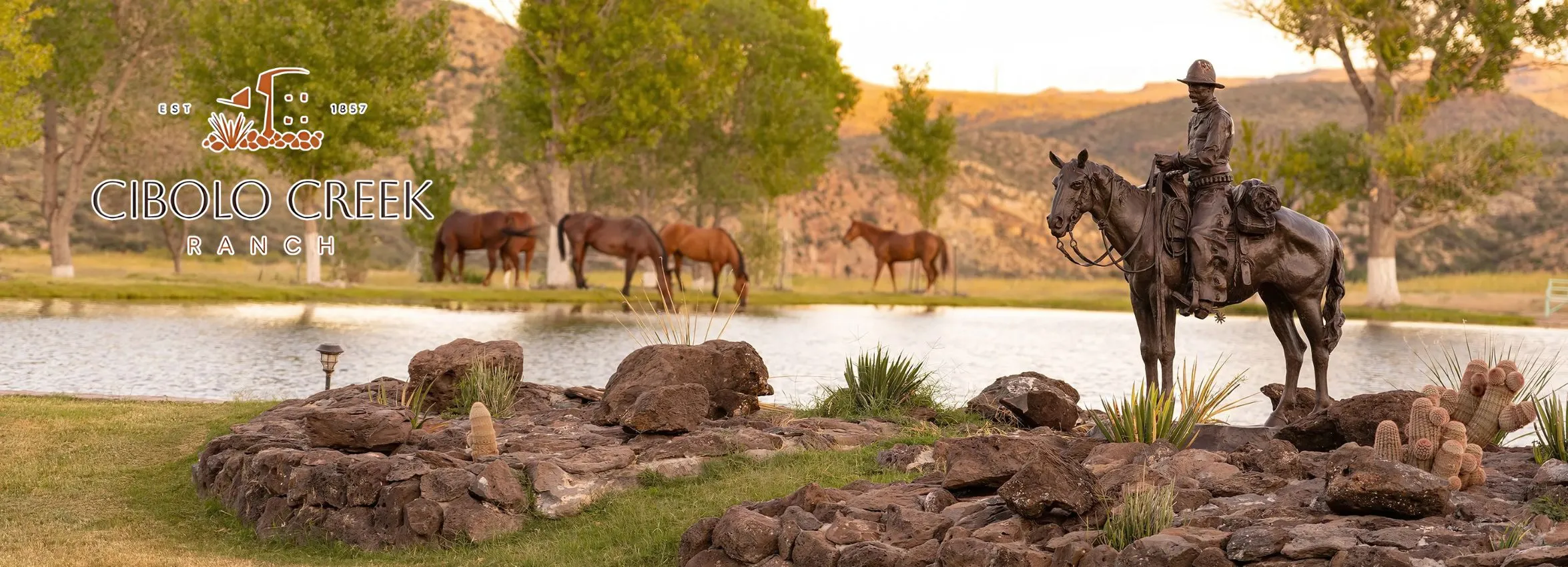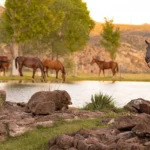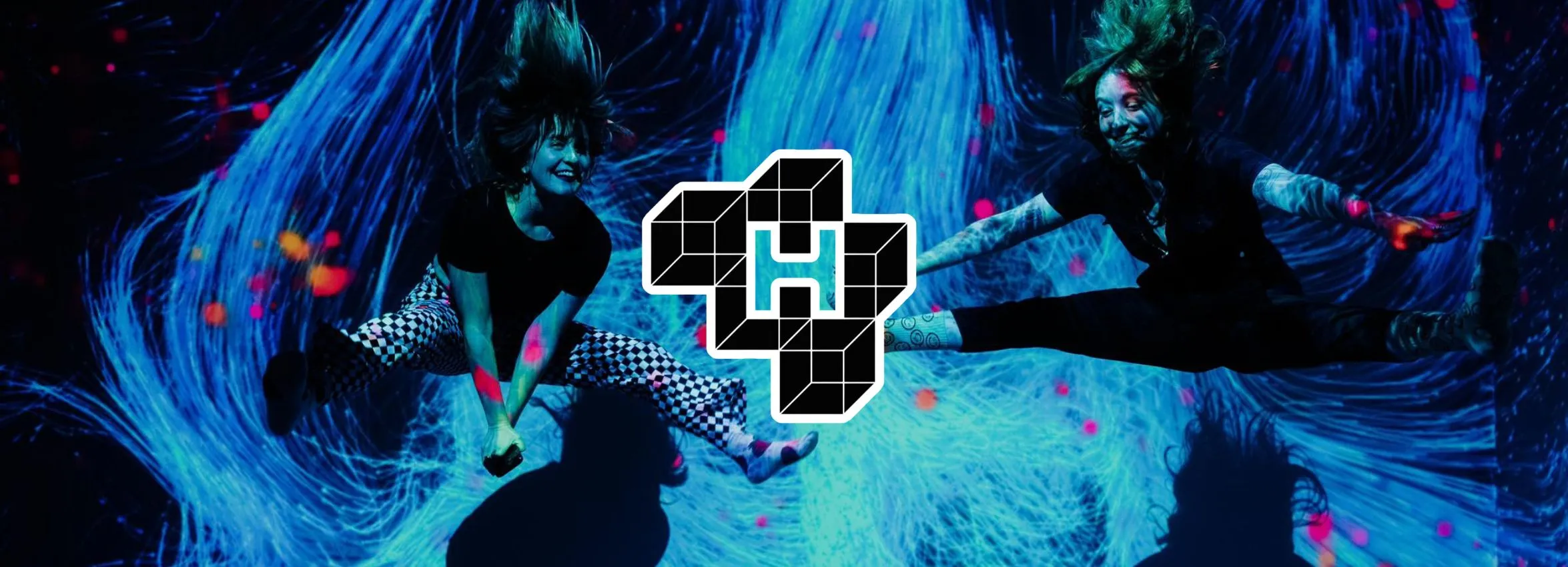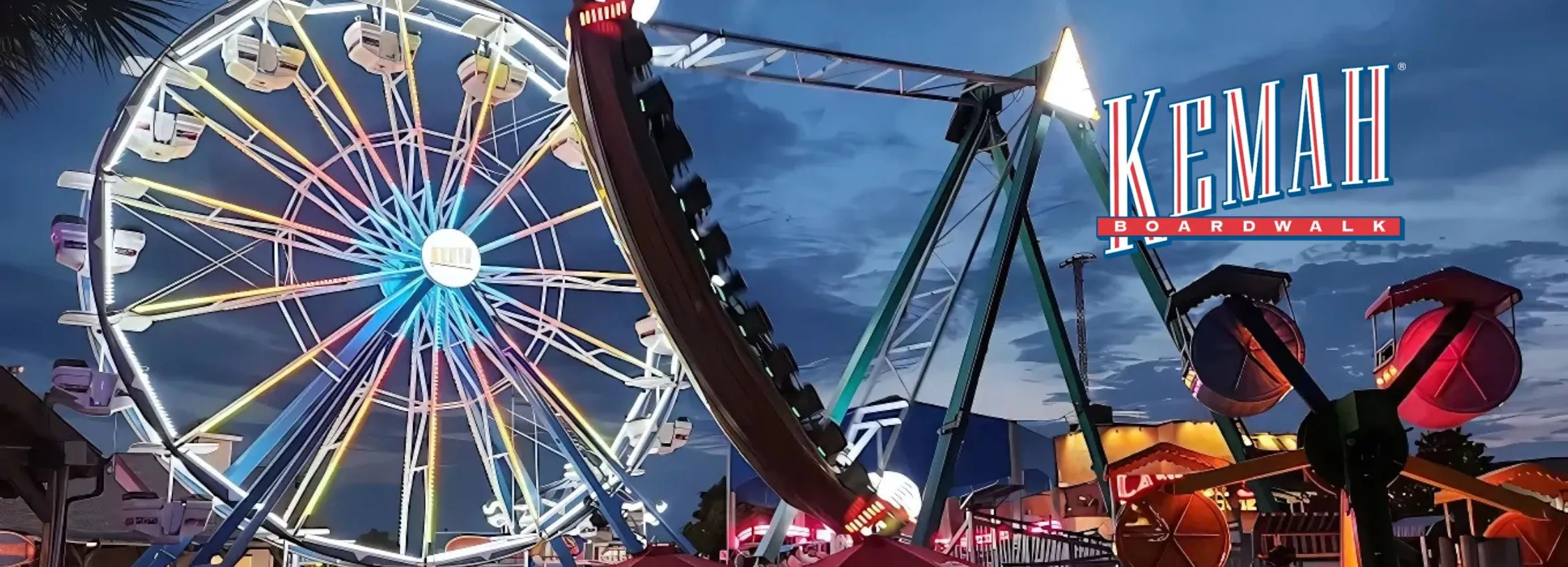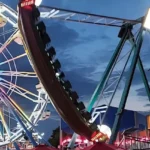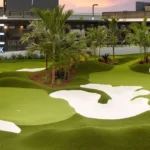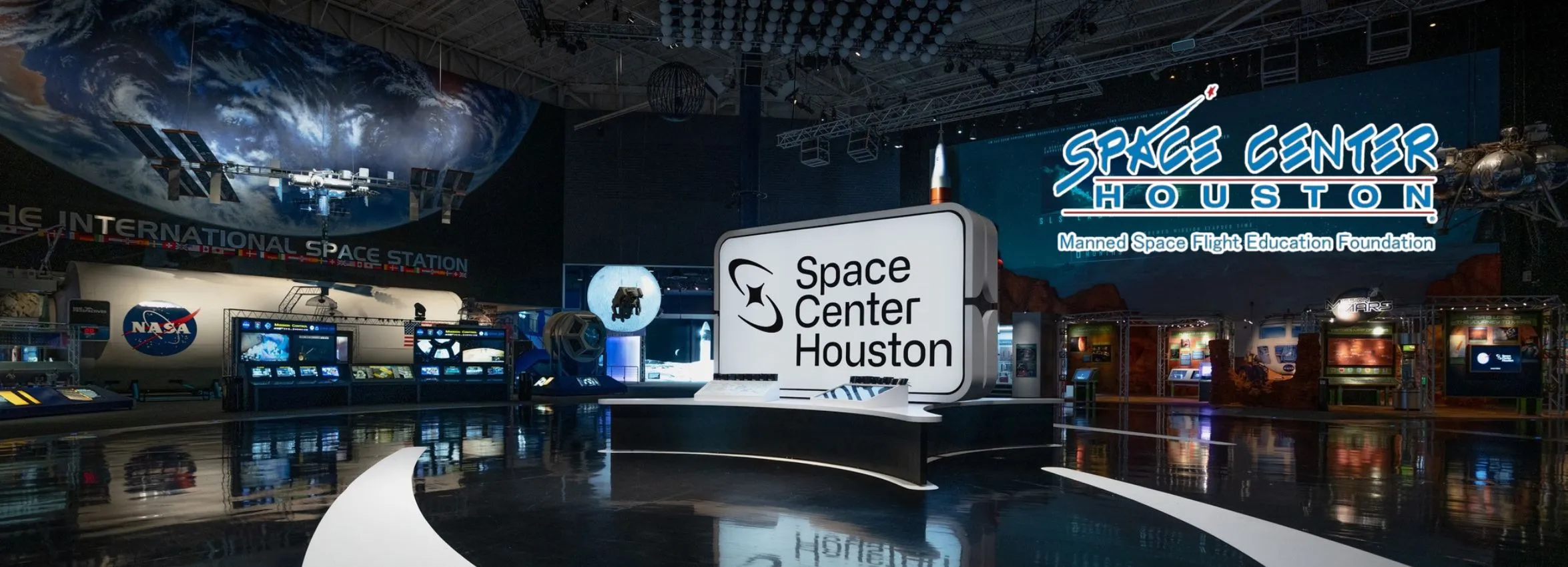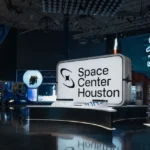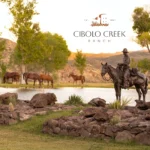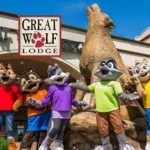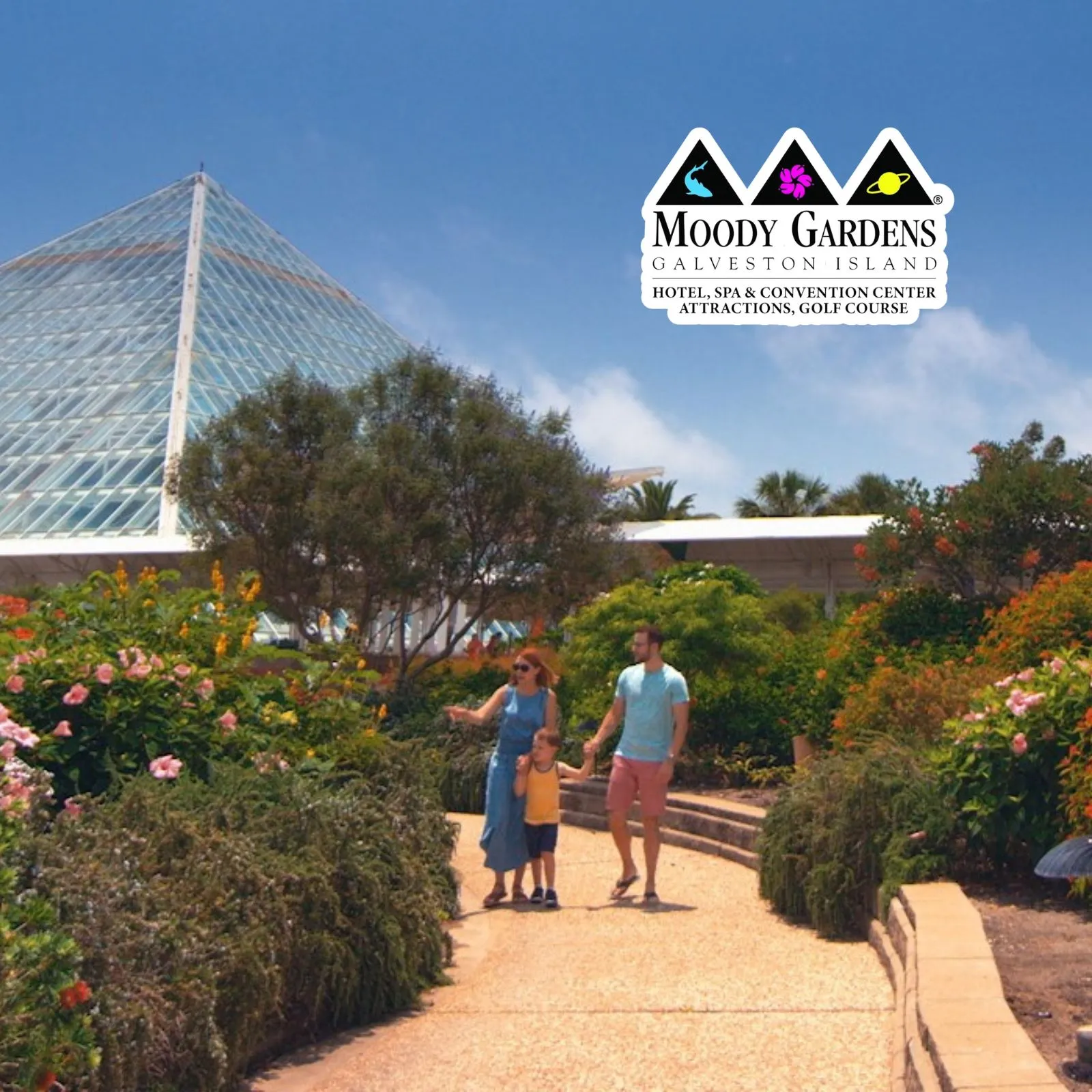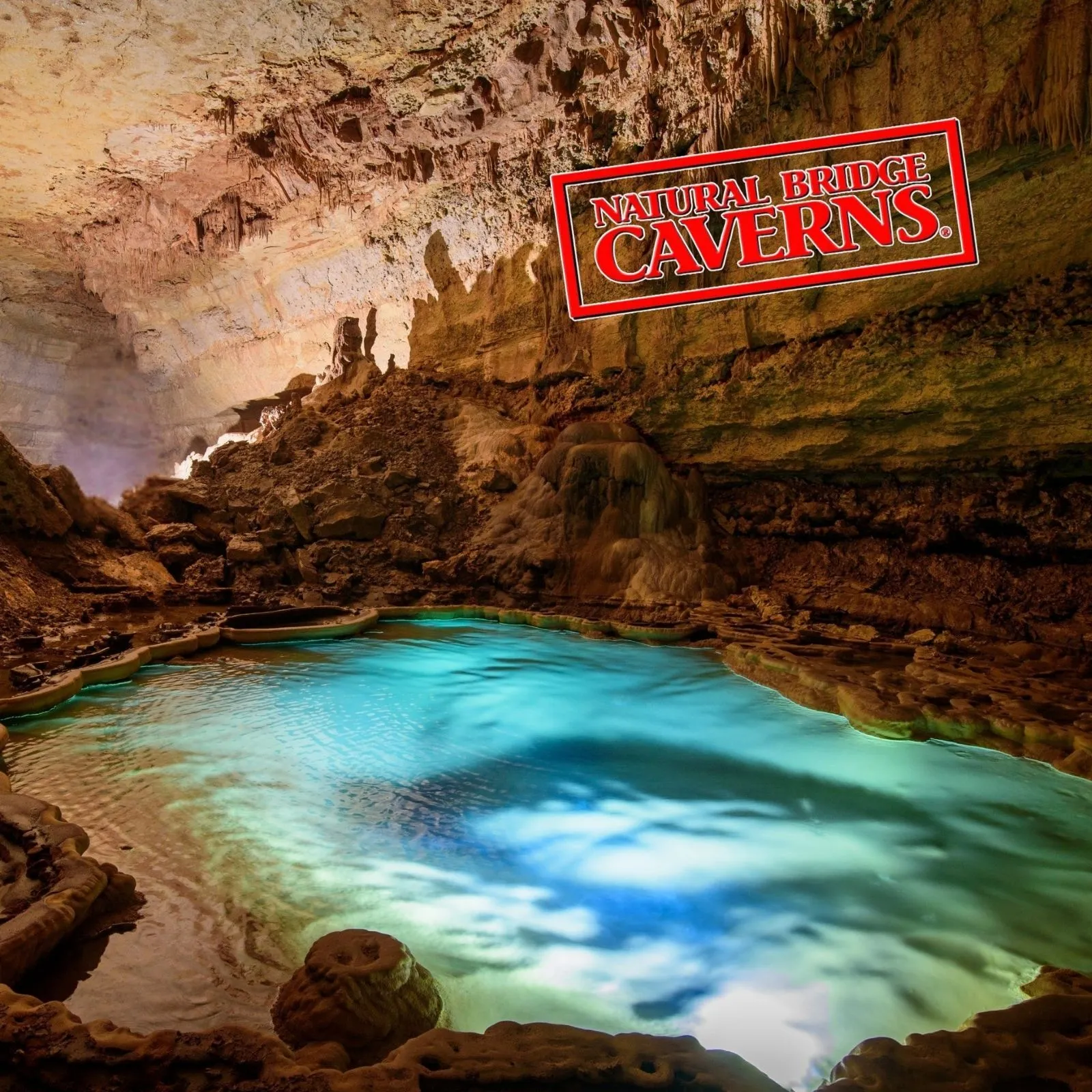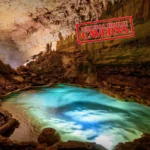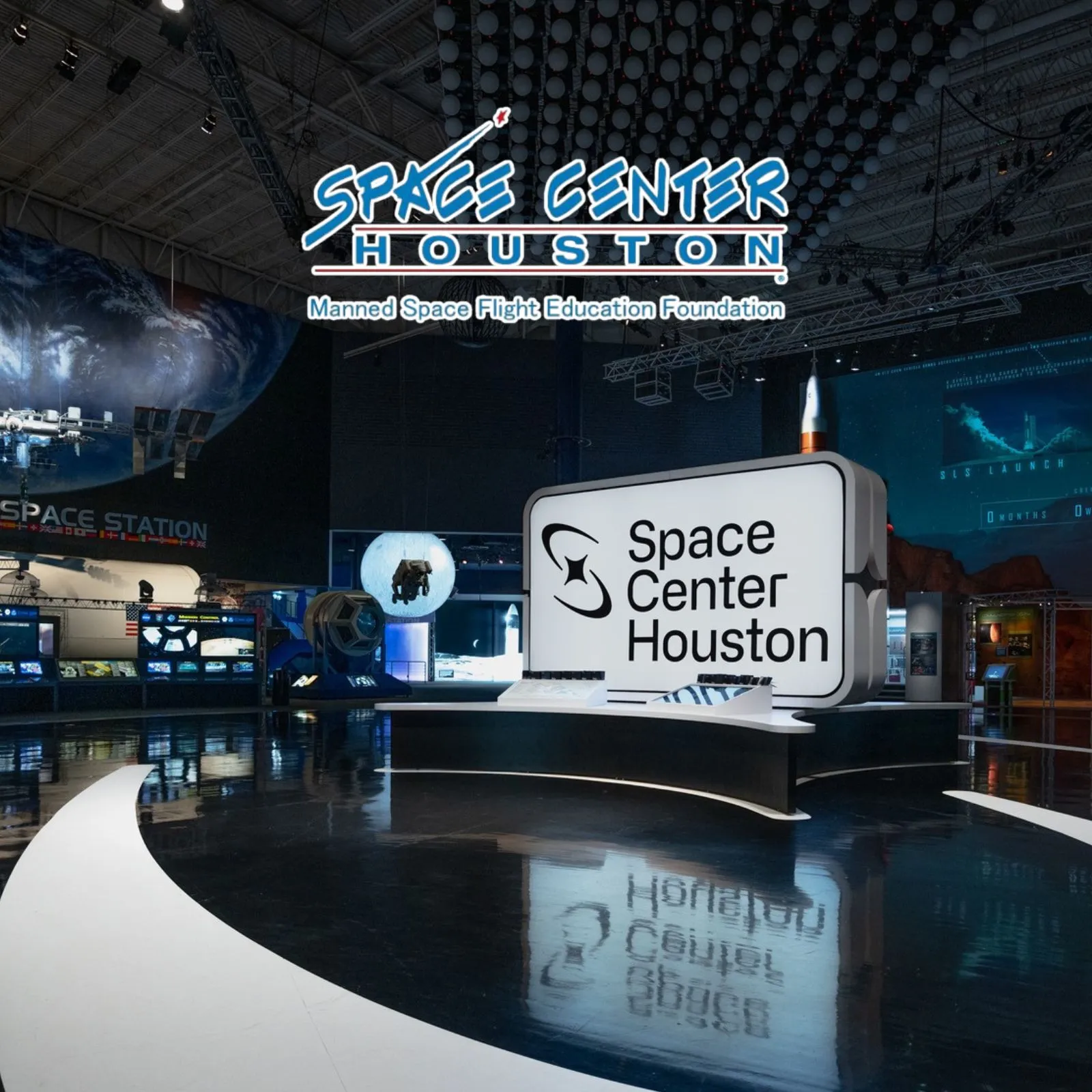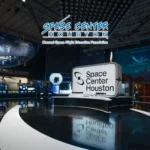The Best Experiences in Virginia: Top 10 Must-Do Activities (Currently Open)
Virginia rewards the curious. From mountain skylines that melt into the horizon to living history streets where costumed tradespeople still tap hammers on anvils, the Commonwealth is a master class in variety. Whether you’re planning a weekend getaway, a family road trip, or a luxury escape, the best experiences in Virginia deliver a blend of history, nature, flavor, and fun—with something memorable in every corner of the state. This guide focuses on currently operating attractions and activities that are as shareable as they are evergreen, so you can start planning with confidence.
Skyline Magic on the Shenandoah National Park Drive
Few drives in America rival the simple drama of Skyline Drive, a ribbon of asphalt that follows the crest of the Blue Ridge Mountains for more than 100 miles. Here, the trip is the destination: you’ll glide past overlooks where hawks ride thermals and the Shenandoah Valley falls away in soft, quilted greens.
Why it’s a must-do
More than 70 scenic overlooks for photos, picnics, and quick leg-stretches
Trailheads to classic hikes like Old Rag and Stony Man
Abundant wildlife sightings—deer, black bears, and songbirds
Signature experiences
Sunrise coffee at an overlook, then a half-day hike to a summit
Fall color cruising, when the mountains glow gold and crimson
A night at a park lodge or cabin for stargazing and quiet
Tips for success
Start early to avoid congestion at popular overlooks.
Pack layers; ridge weather changes fast.
Cell service is patchy—download maps in advance.
Time Travel in the Colonial Williamsburg Historic Triangle
History in Virginia isn’t behind glass—it’s alive. In Colonial Williamsburg, tradespeople, soldiers, and townsfolk in period dress transform cobblestone streets into a living classroom. Pair your visit with Historic Jamestowne and Yorktown to complete the Historic Triangle, where early America was forged and independence was won.
Why it’s a must-do
Immersive, family-friendly interpretation of daily colonial life
Working blacksmiths, print shops, and apothecaries you can step inside
Nearby sites tell the broader arc—from Jamestown’s 1607 settlement to Yorktown’s decisive Revolutionary War victory
Signature experiences
A guided walk through the Governor’s Palace and the Capitol
Evening ghost tours that blend folklore and history
Hands-on programs where kids learn 18th-century skills
Tips for success
Wear comfortable shoes—there’s a lot of ground to cover.
Budget time for a proper colonial-style meal or a tavern dessert.
Consider multi-site tickets if you’re adding Jamestown and Yorktown.
Founding Ideas at Monticello and Charlottesville Wine Country
Perched above Charlottesville, Monticello—the mountaintop home of Thomas Jefferson—is more than a stately estate. It’s a window into the contradictions and ambitions of a new nation, interpreted through architecture, agriculture, and the lives of the enslaved people who made it possible. Down on the rolling Piedmont hills, a constellation of vineyards and farm-to-table kitchens completes a refined getaway.
Why it’s a must-do
Thoughtful, candid interpretation of Jefferson’s world and legacy
Garden and plantation tours that deepen the story beyond the house
Easy pairing with Central Virginia wine tasting and countryside dining
Signature experiences
House tour with time to linger in the vegetable gardens
Picnic overlooking vines at a nearby winery
A stroll on Charlottesville’s pedestrian mall for galleries and cafés
Tips for success
Reserve tours ahead—popular time slots fill quickly.
Bring a sun hat for the gardens during warm months.
If traveling with kids, mix in a shorter vineyard stop and a park visit.
Riverfront Grandeur at George Washington’s Mount Vernon
Just south of Alexandria on the Potomac River, Mount Vernon shows the domestic life of America’s first president—fields, outbuildings, and a mansion porch with water views that feel timeless. It’s a short hop from urban Northern Virginia, yet the setting feels worlds away.
Why it’s a must-do
Beautifully preserved mansion and grounds with river breezes
Working farm area that illuminates 18th-century agriculture
Rotating exhibits and seasonal events that keep each visit fresh
Signature experiences
Quiet time on the back piazza at sunset
Specialty tours that focus on enslaved lives and archaeological findings
A boat arrival or departure for a scenic twist
Tips for success
Arrive early to stroll the grounds before touring the mansion.
Bring comfortable shoes—paths between sites are spread out.
Combine with lunch or shopping in Old Town Alexandria.
Subterranean Awe at Luray Caverns in the Shenandoah Valley
Under the pastoral fields of the Shenandoah Valley lies a wonderland of stalactites, stalagmites, and mirrored pools. Luray Caverns is one of the East Coast’s great underground spectacles, famous for cathedral-like chambers and the whimsical Stalacpipe Organ that “plays” tunes by tapping the rock formations.
Why it’s a must-do
Spectacular formations on well-lit, guided walkways
Year-round constant temperature—an all-weather option
Museum extras above ground keep kids engaged
Signature experiences
The moment you step into the massive Cathedral room
A family photo beside shimmering Dream Lake
Listening to a short performance on the natural organ
Tips for success
Wear grippy shoes; pathways are smooth but can be damp.
Weekday mornings offer calmer crowds.
Consider pairing with a Skyline Drive loop for a full day.
Road-Trip Euphoria on the Blue Ridge Parkway and a Hike to McAfee Knob
The Blue Ridge Parkway is the scenic sibling to Skyline Drive, unfolding views, tunnels, and trails along the spine of the mountains. Near Roanoke, take the classic hike to McAfee Knob, one of the most photographed vistas on the Appalachian Trail, where a rocky promontory juts into a sweeping valley panorama.
Why it’s a must-do
Endless overlooks and picnic pull-offs for DIY adventure
Access to legendary hikes, waterfalls, and quiet, lesser-known paths
The pride of earning that McAfee Knob photo the old-fashioned way—by hiking there
Signature experiences
A sunrise or sunset stop at a Parkway overlook
Half-day trek to McAfee Knob with snacks and plenty of water
A celebratory burger or milkshake in Roanoke afterward
Tips for success
Check weather and trail advisories; ridgelines can be windy.
Pack a headlamp if there’s any chance your hike brushes dusk.
Practice Leave No Trace—this landscape is popular and fragile.
Coastal Energy at the Virginia Beach Boardwalk and First Landing State Park
The Atlantic air, the whoosh of bikes on the Virginia Beach Boardwalk, the smell of boardwalk fries—it’s seaside sensory joy. A few minutes away, First Landing State Park offers shady maritime forests, quiet dunes, and paddling creeks that feel a world apart from the oceanfront energy.
Why it’s a must-do
The state’s most iconic urban beach scene with miles of beachfront
Easy bike rentals for a breezy boardwalk cruise
A serene state park escape when you’re ready for birdsong instead of beach beats
Signature experiences
Sunrise beach walk before the day heats up
Kayaking the park’s cypress-lined waterways
Fresh-catch seafood on a patio with a salty breeze
Tips for success
Bring reef-safe sunscreen and a lightweight sun shirt.
Park early or ride share; oceanfront parking fills fast.
Off-season weekends are dreamy for long walks and peaceful views.
Wild Ponies and Wind-Carved Beaches at Chincoteague & Assateague
On the Eastern Shore, the sand is wide, the skies are big, and wild things still roam. The Chincoteague National Wildlife Refuge and adjacent Assateague barrier island are famous for their wild ponies, shorebirds, and untouched dunes.
Why it’s a must-do
Chance to see the island’s legendary pony herds
Quiet beach days with gentle surf and space to spread out
Prime birding and photography at dawn and dusk
Signature experiences
Pony watching along the marsh edges
Biking the wildlife loop for an easy, scenic workout
A sunset picnic with the sound of waves and terns overhead
Tips for success
Bring bug spray for marshy moments.
Respect wildlife distances—telephoto lenses are your friend.
Pack out everything you bring; barrier islands are delicate.
Honor, Flight, and Perspective at Arlington National Cemetery and the Udvar-Hazy Center
Northern Virginia offers a pair of experiences that balance reflection and wonder. At Arlington National Cemetery, the Changing of the Guard at the Tomb of the Unknown Soldier is precision, respect, and ritual—an unforgettable moment. Nearby in Chantilly, the Steven F. Udvar-Hazy Center showcases aviation marvels inside a hangar-sized gallery, from a space shuttle to sleek spy planes.
Why it’s a must-do
A chance to honor service and contemplate national sacrifice
World-class aviation artifacts presented with jaw-dropping scale
Easy add-ons to any Northern Virginia or D.C. itinerary
Signature experiences
Quiet time at John F. Kennedy’s Eternal Flame
Watching the guard change in reverent silence
Standing beneath the Space Shuttle Discovery and the SR-71 Blackbird
Tips for success
Wear respectful attire at the cemetery.
Expect security screening at both sites; travel light.
Build in time for exhibits; aviation lovers can happily spend half a day.
Theme-Park Thrills at Busch Gardens Williamsburg and Kings Dominion
Yes, Virginia does sophisticated history and epic nature. It also does pure, joyful adrenaline. Busch Gardens Williamsburg merges European-themed villages with coaster legends, shows, and seasonal festivals. Kings Dominion in Doswell stacks the skyline with steel giants and a sprawling waterpark, making it a summer family staple.
Why it’s a must-do
Wide appeal: toddlers to thrill-seekers can find their groove
Seasonal programming—from spring blooms to winter lights—keeps repeat visits fresh
Conveniently located near other marquee attractions
Signature experiences
A morning of coasters, an afternoon of shows and snacks
Cooling off in the waterpark on hot days
Evening rides when the lines shrink and the lights glow
Tips for success
Arrive at opening and ride headliners first.
Consider fast-queue options on peak days.
Hydrate, rest in the shade, and reapply sunscreen often.
Honorable Mentions Worth Building Into the Itinerary
Virginia over-delivers, so you may want a second (or third) trip. These extras help you tailor a theme—culture, outdoors, or small-town charm.
Natural Bridge State Park: A soaring limestone arch framed by forested trails.
The Crooked Road in Southwest Virginia: A heritage music trail through communities where bluegrass and old-time roots run deep.
Richmond’s Arts & Food Scene: Murals, museums, and a dining culture that punches well above its weight.
Great Dismal Swamp National Wildlife Refuge: Kayak blackwater canals beneath a cathedral of trees.
The Northern Neck & Oyster Trail: Tasting Virginia’s briny signature straight from the source.
How to Build a Perfectly Balanced Virginia Trip
To keep your itinerary skimmable and satisfying, think in clusters. Each cluster pairs an anchor experience with complementary activities and dining ideas.
Blue Ridge & Valley Cluster
Anchor: Shenandoah National Park or Blue Ridge Parkway
Pairings: Luray Caverns, winery or cidery stop, farm-to-table dinner
Overnight: Mountain lodge or a cozy inn in Waynesboro, Lexington, or Staunton
Historic Triangle Cluster
Anchor: Colonial Williamsburg
Pairings: Jamestown, Yorktown, Busch Gardens
Overnight: Colonial-style inn or modern hotel; add a chef-driven dinner
Northern Virginia Cluster
Anchor: Mount Vernon or Arlington National Cemetery and Udvar-Hazy
Pairings: Old Town Alexandria, riverside dining, scenic Potomac parkways
Overnight: Boutique stay near the waterfront
Coastal & Eastern Shore Cluster
Anchor: Virginia Beach or Chincoteague
Pairings: First Landing State Park, oyster tasting, lighthouse or pier sunset
Overnight: Beach hotel or a waterside B&B
Practical Planning: When to Go, What to Pack, and How to Pace
Best seasons
Spring: Flowering dogwoods, pleasant hiking temperatures, theme parks reopening.
Summer: Beach time, waterparks, long daylight for mountain sunsets.
Fall: Peak foliage in the Blue Ridge, harvest festivals, crisp hiking days.
Winter: Quiet mountain overlooks, festive lights at gardens and parks, cozy historic towns.
What to pack
Layers for mountain microclimates.
Comfortable walking shoes—history and nature both reward wanderers.
Daypack with water, snacks, and a small first-aid kit.
Sunscreen and bug spray, especially for coastal marshes and summer trails.
Pacing tips
Anchor each day with one marquee activity and one lighter add-on.
Book time-specific tours first (house tours, special programs), then fill in flex time.
Schedule a “buffer afternoon” for serendipity—local markets, ice cream stops, scenic detours.
Family-Friendly, Luxury, and One-of-a-Kind: Matching Experiences to Your Style
Traveling with kids
Choose tactile, interactive stops: Colonial Williamsburg trades, Luray Caverns, theme parks.
Build in playgrounds, easy nature loops, and treat breaks.
Seeking luxury
Plan a Monticello and wine country weekend with a spa hotel, chef tasting menus, and private tours.
Book a river-view dinner after Mount Vernon and a private boat ride on the Potomac.
After something truly unique
Time a Chincoteague visit with pony-focused programs.
Hike to McAfee Knob at sunrise for a once-in-a-lifetime photo.
Drive Skyline Drive on a weekday dawn—nearly car-free, utterly peaceful.
Accessibility and Inclusivity Notes
Virginia’s marquee sites continue to improve access. While experiences vary, many provide ramps, paved routes, shuttle options, and detailed accessibility pages.
Shenandoah National Park: Select overlooks with accessible parking and flat viewing areas.
Colonial Williamsburg: Wheelchair access on key streets and buildings; some historic structures have steps or narrow passages, but programs strive for inclusion.
Monticello and Mount Vernon: Visitor centers and portions of the grounds prioritize accessibility; historic house levels may have limitations.
Luray Caverns: Tours follow paved walkways; check current guidance for mobility aids.
Museums and theme parks: Offer accessibility maps, companion policies, and rider guidelines.
Call ahead if you have specific needs; staff at these sites are accustomed to helping you craft the right plan.
Responsible Travel: Keeping Virginia Wonderful
Stay on marked trails and respect flora and fauna.
Pack in, pack out—especially on barrier islands and mountain overlooks.
Support local businesses—farms, artisans, and independent restaurants add the flavor that makes your trip sing.
Be mindful of historic resources; the past is precious and irreplaceable.
Sample Three-Day Itinerary to Hit the Highlights
Day One: Mountains & Valleys
Morning: Enter Shenandoah National Park, stop at two overlooks, short hike.
Midday: Drive to Luray Caverns for an underground tour.
Evening: Dinner in a Shenandoah Valley town; overnight at a mountain lodge.
Day Two: Founders & Flavor
Morning: House and gardens at Monticello.
Midday: Picnic at a Charlottesville vineyard.
Afternoon: Scenic drive toward Williamsburg.
Evening: Tavern-style dinner; optional lantern walk.
Day Three: Living History & Coaster Joy
Morning: Colonial Williamsburg trades and interpretive programs.
Afternoon: Busch Gardens rides and shows.
Evening: Sunset stroll in the historic area; dessert before the drive home.
Swap Williamsburg day for a Virginia Beach or Chincoteague day if you prefer salt air over coasters.
Frequently Asked Planning Questions
Is Virginia good for a long weekend or should I take a full week?
Both work. A long weekend samples one region; a week lets you stitch together mountains, history, and coast.
Do I need a car?
A car unlocks Skyline Drive, the Blue Ridge, and coastal towns with ease. In Northern Virginia and Richmond, rideshares and public transit can cover shorter urban hops.
What if the weather turns?
Pivot to indoor all-stars: Udvar-Hazy, Luray Caverns, galleries and museums in Richmond, or reenactor programs in Williamsburg that run rain or shine.
Conclusion: Your Virginia, Your Way
The beauty of Virginia is choice. One day you’re driving a fog-kissed ridge road, the next you’re in a blacksmith shop watching sparks fly, and the next you’re pedaling a boardwalk as pelicans coast by. The ten experiences above—Skyline Drive, Colonial Williamsburg, Monticello, Mount Vernon, Luray Caverns, the Blue Ridge Parkway and McAfee Knob, Virginia Beach and First Landing, Chincoteague & Assateague, Arlington National Cemetery with the Udvar-Hazy Center, and the theme-park duo of Busch Gardens and Kings Dominion—capture the state’s greatest hits while leaving room for your own discoveries.
